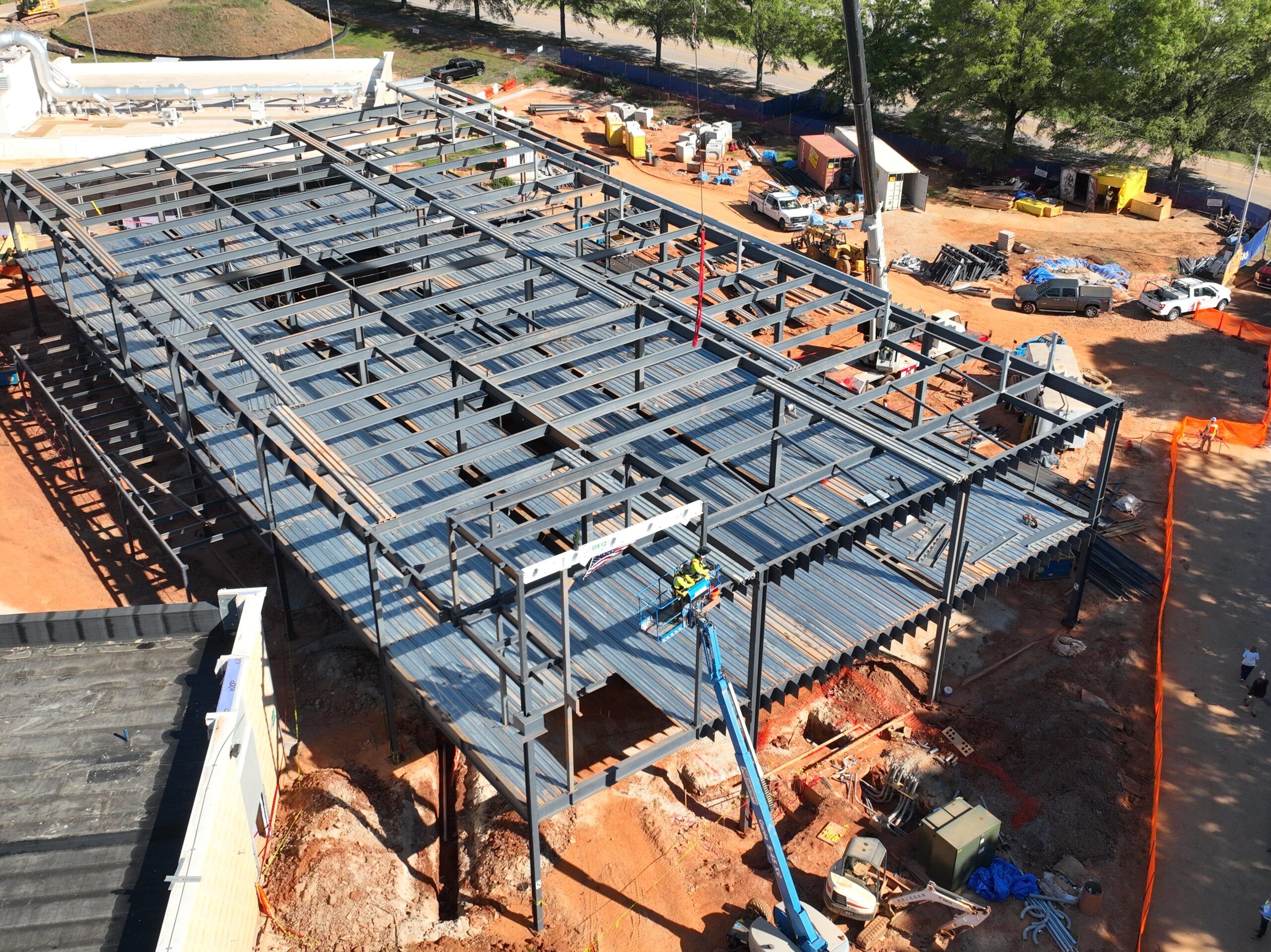In a post-COVID cycle of recovery, there will be intense focus on how companies tackle the new challenges posed not just by the pandemic, but also by more long-standing issues; most importantly, climate change. As such, there is a great reset going on in the real estate world today, one that embraces its leading role in which to make the world greener and healthier.
Actors across real estate are joining the Race to Zero through the various initiatives available, making ambitious commitments to decarbonize their buildings. While Net Zero commitments are surging throughout the country only a minority of real estate organizations, however, currently have a sustainability plan.
Real estate and the built environment are responsible for close to 40 percent of all carbon emissions globally. According to a recent JLL report, only 18 percent of organizations have an action plan for their portfolio. While much attention is focused on new, state-of-the-art buildings that achieve the highest sustainability certifications, 70 percent of buildings that exist today will still be here in 2050, highlighting the need to repurpose, retrofit, and refurbish.
In partnership with the World Economic Forum, JLL recently developed a roadmap for the future of buildings and cities to become more livable, sustainable, resilient, and affordable, offering a set of 10 principals to help companies deliver Net Zero carbon buildings and meet key climate commitments.
- Calculate a robust portfolio carbon footprint. A carbon footprint is an estimation of the carbon emissions associated with a business and can be broken down into Scope 1, 2, and 3. Scope 1 are those emissions generated by a company’s direct combustion of fuel, Scope 2 are indirect emissions from purchased energy, and Scope 3 are all other indirect emissions that occur in a company’s value chain.
- Set your target year for achieving Net Zero carbon by 2050 at the latest and an interim target for reducing at least 50 percent by 2030. This will allow for ambitious and informed targets that are suitable for the portfolio.
- Measure and record embodied carbon of new developments and major refurbishments. This refers to the carbon emissions generated by the extraction of raw materials, transport to facilities, construction, demolition, and waste management. They are estimated to account for 38 percent of global emissions.
- Maximize emissions reductions for all new developments and major refurbishments in the pipeline to ensure delivery of Net Zero carbon (operational and embodied) by the selected final target date. The first step to reducing embodied carbon is to understand the different elements of a building and its typical lifetime. Element such as foundation, structure, and façade will last longer and therefore require careful design and material selection to ensure durability and adaptability to future circumstances.
- Drive energy optimization across existing assets and new developments by implementing design and operational measures to ensure that a building is using the minimum energy required for the functions it needs to perform.
- Maximize supply of on-site renewable energy, which includes bioenergy, geothermal, hydropower, ocean, solar, and wind.
- Work to ensure 100 percent of off-site energy is procured from renewable-backed sources, where available. For many, it will be unlikely that their entire energy demand can be met from onsite renewable sources. Therefore, identifying renewable sources from which energy can be procured is the next step.
- Engage with stakeholders to reduce Scope 3 emissions.
- Once a building is using as little energy as possible and the cleanest energy available, procure high-quality carbon offsets to compensate for residual emissions. It is very likely that despite all Net Zero effort, there will still be emissions that cannot be avoided. Use carbon offsetting to compensate for these emissions as you near your target year.
- Engage with stakeholders to identify joint endeavors and equitably share costs and benefits. While green buildings are increasingly recognized by the market as being more valuable, delivering Net Zero carbon is a financial commitment. The question then becomes, “who pays”. It is important to find opportunities for sharing costs and benefits with tenants, building owners, and investors.
The principals in this roadmap are essential elements to achieving Net Zero, and once this goal is achieved it will be equally important to maintain and update all that has been accomplished. Data will drive each building’s ability to establish the information required to meet this standard.
- Utility data, electric, gas, water and waste
- Managing and tracking operating and maintenance programs
- Tracking supply chain options and changes to how carbons are generated in manufacturing and in transportation
- Tracking renewable for on-site generated energy and how usages and improvements in on-/off-site technologies effect power generation
- Ongoing tracking and maintaining appropriate carbon offsets as all of these changes and technologies evolve.
More and more are expected of the built community, and it is being held it to a higher standard for “best-in-class building”, one which embraces green alternatives, Net Zero carbon emissions, a healthier live/work environment, and one that is resilient to climate change.
The real estate industry is at a tipping point, as many recognize the pressing need to build a better future. The only way to create a significantly decarbonized built environment is by adopting a collaborative approach in which everyone – investors, corporate occupiers, governments, and communities – work together toward common sustainable targets.
About the Authors: JLL’s Barry Wood, Director, Property Management and JLL’s Lori Mabardi, Global Research Director, ESG & Sustainability











